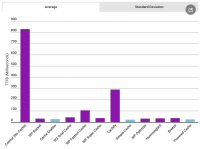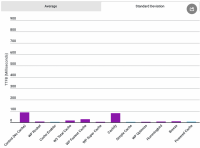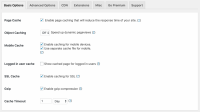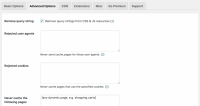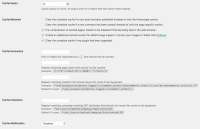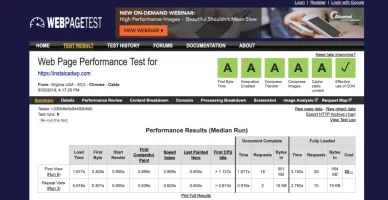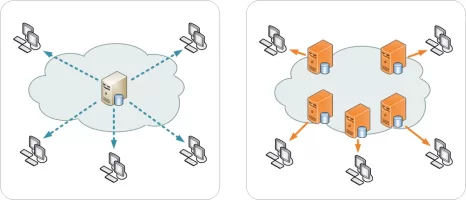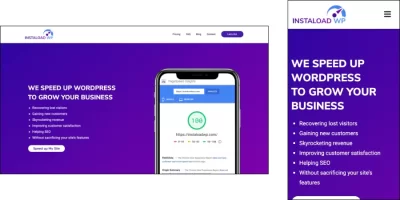User Power
Value/Post Ratio
230%
- Jul 13, 2018
- 175
- 403
Let's Make Your Site Perform At It's Peak
Ok, so many of you probably bring in business through your website. So obviously, you want to make your site as effective and efficient as possible.
After all, a better website means a better business.
One of the easiest and most effective ways to make sure your website performs at its best is to make it fast.
How fast? Or should we ask, how fast is fast enough? 5 seconds? 3 seconds? 1 second? Well, the answer is that unless your website feels instantaneous, it's not fast enough for your users.
You can test your site with Google:

How speeding up your mobile site can improve your bottom line
Google's Official Digital Marketing Publication. Discover helpful mobile tools and resources to optimize your site or app, check page speed, and more.
Even if your site is already "fast" (3 seconds), just a 1 second increase can mean a $73,960 annual increase in revenue!*
*10,000 monthly page views, 3% conversion rate, $300 average order value
Basically, you want your site to be as fast as possible! Anything slower is hurting your business.
Much of what you know about site speed is probably wrong
I've spent hundreds of hours testing and dissecting how to make websites actually fast, not just scoring high on popular tools.
So in this thread, we're going to look at how to speed up your business's website. Though all the ideas and concepts are going to work with most sites, we're going to go into detail with WordPress sites. Partly because that's my specialty, and partly because that's what most sites use.
This thread is NOT for you if:
- You own an offline business
- You have no control over your site's mechanics
- You don't care about growing your business
- You aren't willing to take the time to learn
- You believe your site is fast enough (and ignoring all the research)
- You haven't started a business yet (take action!)
- You've spent hundreds of hours rigorously testing for site speed
- Your site is built on WordPress
- You're a business owner who wants to grow their business
- You're a web designer that wants better sites for your clients
- Your site is slow, duh!
- You run a Google Ads campaign (don't waste paid clicks!)
- You've spent time/money on SEO
- You run an ecommerce site
- You run a digital marketing agency
Technical knowledge is not required.
Sure, we will go over how to do things without plugins or technical knowledge, but there will always be ways to get your site as fast without all the technical knowledge that many developers will have.
Of course, if you are a developer, we'll also dive into how to do pretty much everything you'll need without plugins.
So, without further ado, let's get started!
Table of Contents:
- The Basics
- Caching
- The "Secret" Sauce
- Other
Note to mods: yes, most of these posts are taken from the blog on my website, but they are reposted here with the intent to help everyone here on the forum, not necessarily as a marketing strategy.
Dislike ads? Remove them and support the forum:
Subscribe to Fastlane Insiders.
Last edited:
